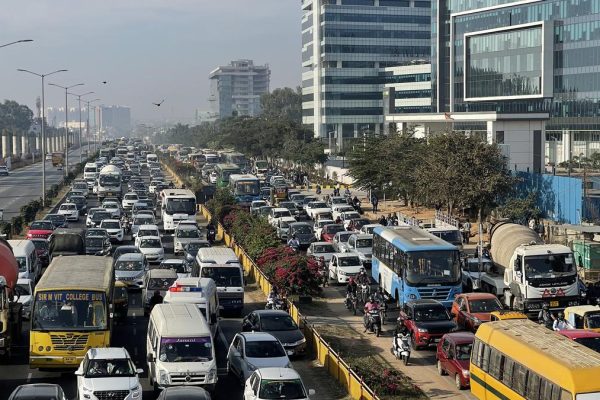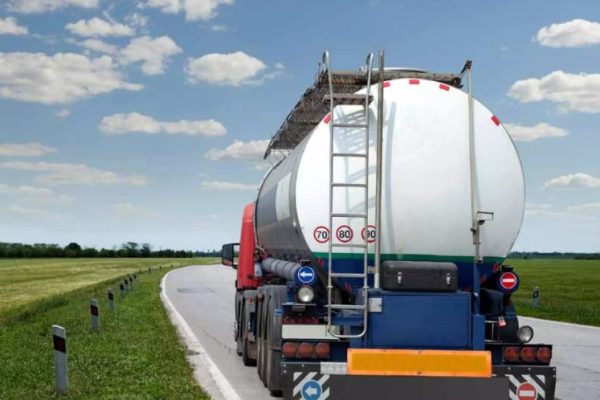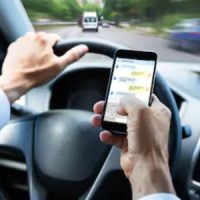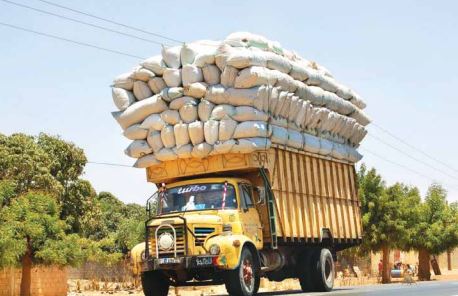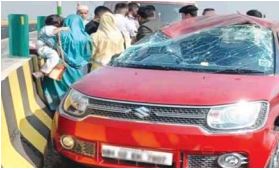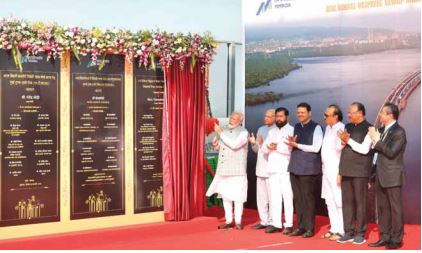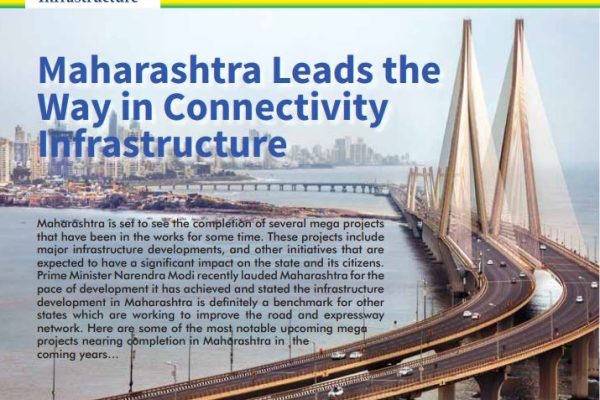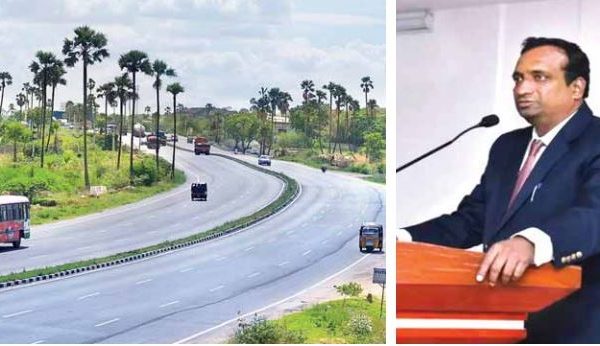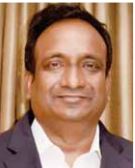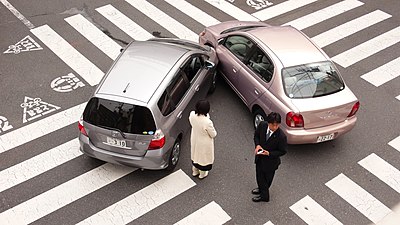
Enforcing Road Safety
Every year, around 1.3 million people are killed on road around the world and about 50 million are injured. Rapid motorisation along with the poor safety quality of road traffice systems and the lack of institutional capacity to manage outcomes contribute to a growing crisis without urgent action, it is forecast that road traffice injury…


